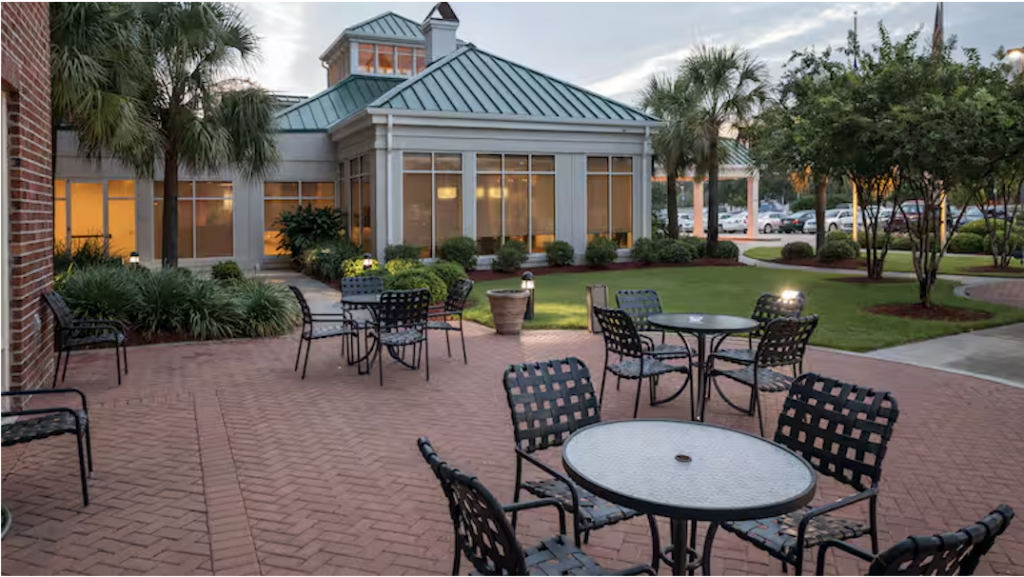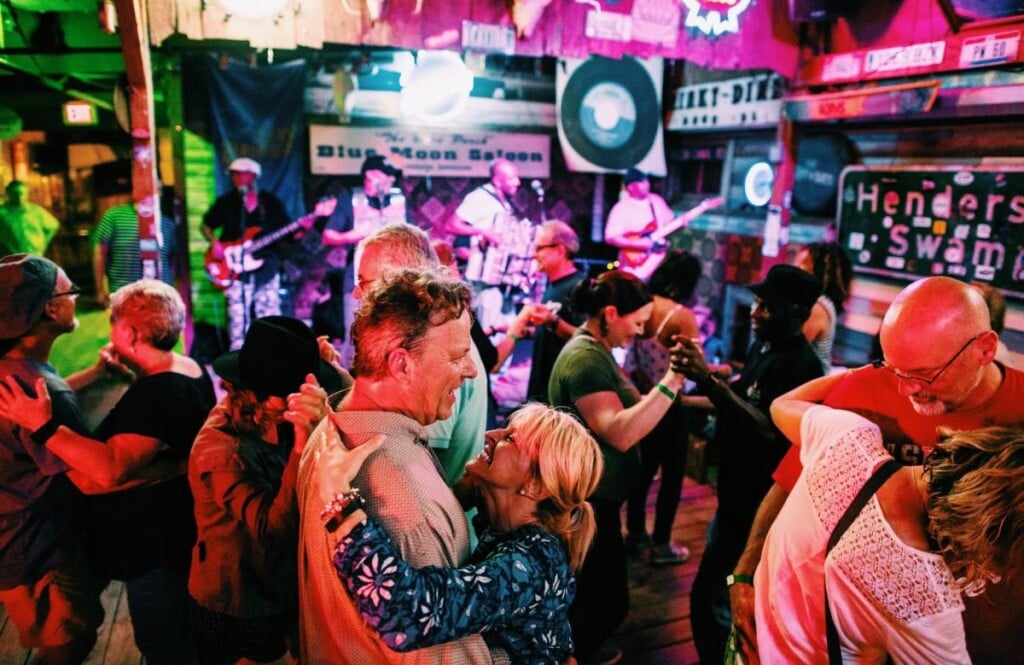Hilliard Art Museum Celebrates 20th Anniversary with Iconic Sculptures

LAFAYETTE, La (press release) –The Hilliard Art Museum announced the opening of the exhibition RODIN: TOWARD MODERNITY in celebration of the museum’s 20th Anniversary. The exhibition will debut on Friday, Oct. 25.
RODIN: TOWARD MODERNITY will include 40 bronze sculptures by Auguste Rodin (1840-1917), regarded during his lifetime as the greatest sculptor since Michelangelo. Selected from the collections of the Iris and B. Gerald Cantor Foundation and the North Carolina Museum of Art, the exhibition will include many of the French sculptor’s most well-known works, including “The Burghers of Calais”, “The Kiss” and studies for his largest commission, “The Gates of Hell,” as well as Honoré de Balzac and St. John the Baptist.
“RODIN: TOWARD MODERNITY is a unique opportunity for University of Louisiana at Lafayette students and the community to see some of the most important art created in the last 130 years,” said Ben Hickey, curator of the exhibition, in a press release. “Auguste Rodin combined a deep respect for artists who came before him with a forward looking sensibility to create an oeuvre that influenced greats like Constantin Brâncuș, Pablo Picasso, and Henri Matisse. His work with fragments still informs a great deal of sculptural discourse in the twenty-first century.
The exhibition’s centerpiece will be a grouping of one of Rodin’s best-known sculptures, “The Burghers of Calais”. In 1885 the town council of the French city of Calais commissioned Rodin to produce a sculpture that would pay tribute to the burghers of Calais, heroes of the Hundred Years’ War, and symbols of French patriotism.
In 1347, according to the fourteenth-century Chronicles of Jean Froissart, King Edward III of England laid siege to the French town of Calais. After eleven months, with the people desperately short of food and water, six of the leading citizens, or burghers, of Calais offered themselves as hostages to Edward in exchange for the freedom of their city. The king agreed, ordering them to dress in plain garments, wear nooses around their necks, and journey to his camp bearing the keys to the city. Although the king intended to kill the burghers, his pregnant wife, Philippa, persuaded him to spare them, believing that their deaths would be a bad omen for her unborn child.
Rodin chose to portray the moment in the narrative when the men, believing they were going to die, left the city. He showed the burghers as vulnerable and conflicted, yet heroic in the face of their likely fate. [excerpted from John Jolliffe, ed. and trans., Froissart’s Chronicles (London: Harvill Press, 1967), p. 155, quoted in Tancock, The Sculpture of Auguste Rodin, p. 182]
Special thanks to The Iris and B. Gerald Cantor Foundation and the North Carolina Museum of Art.


